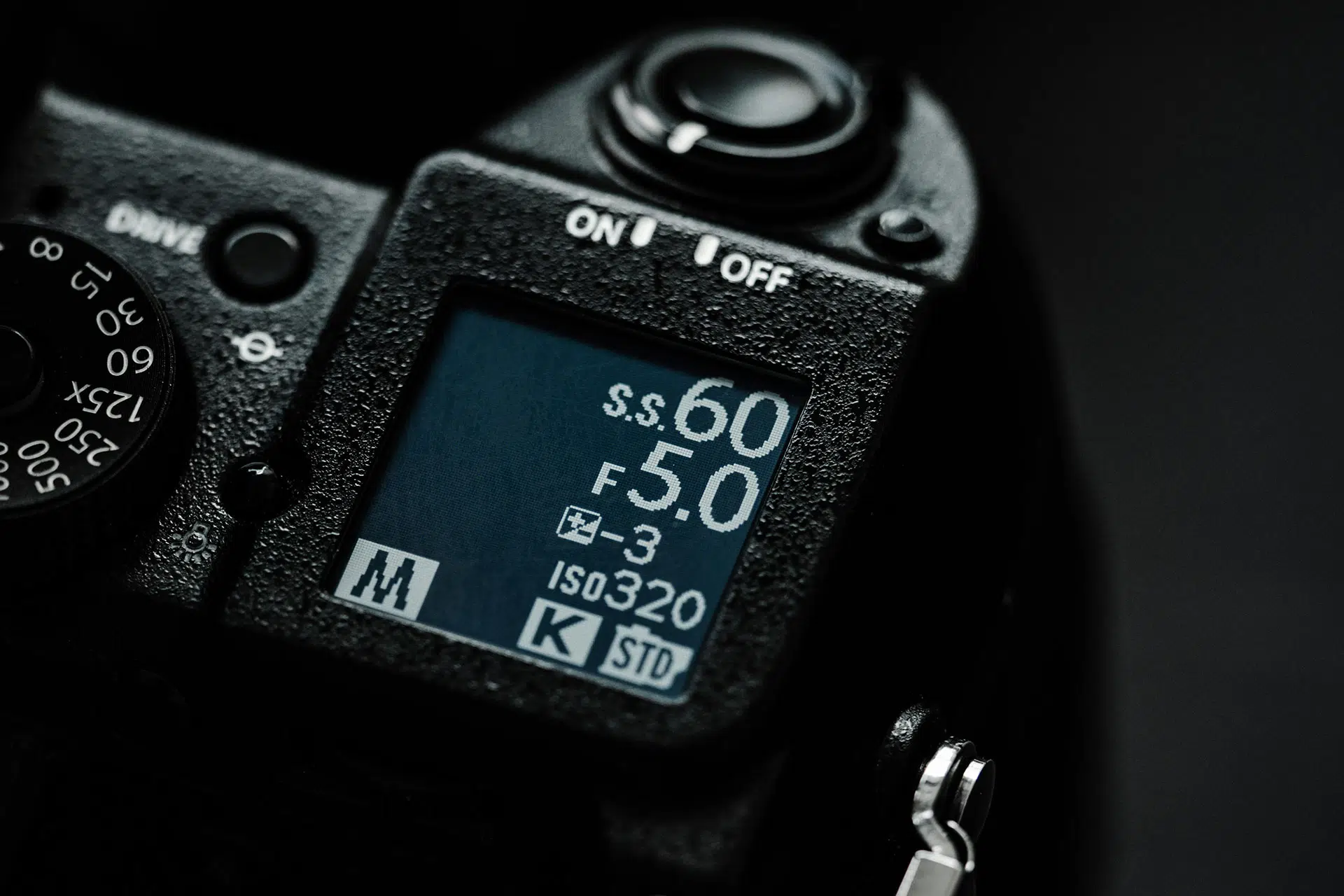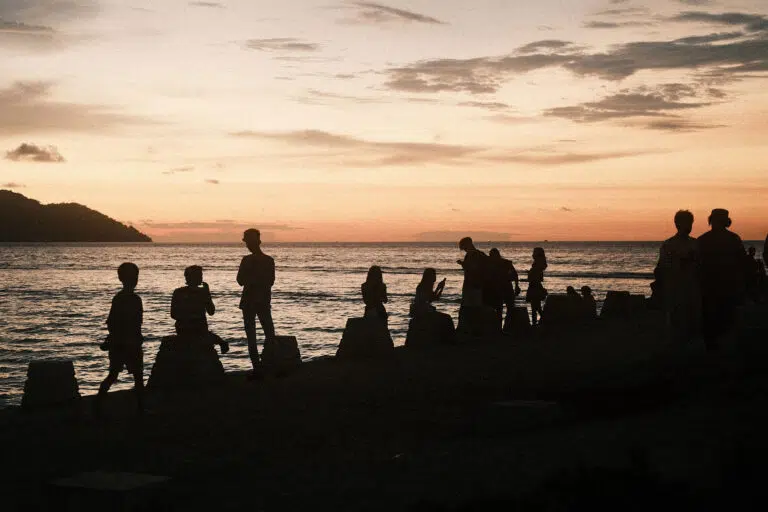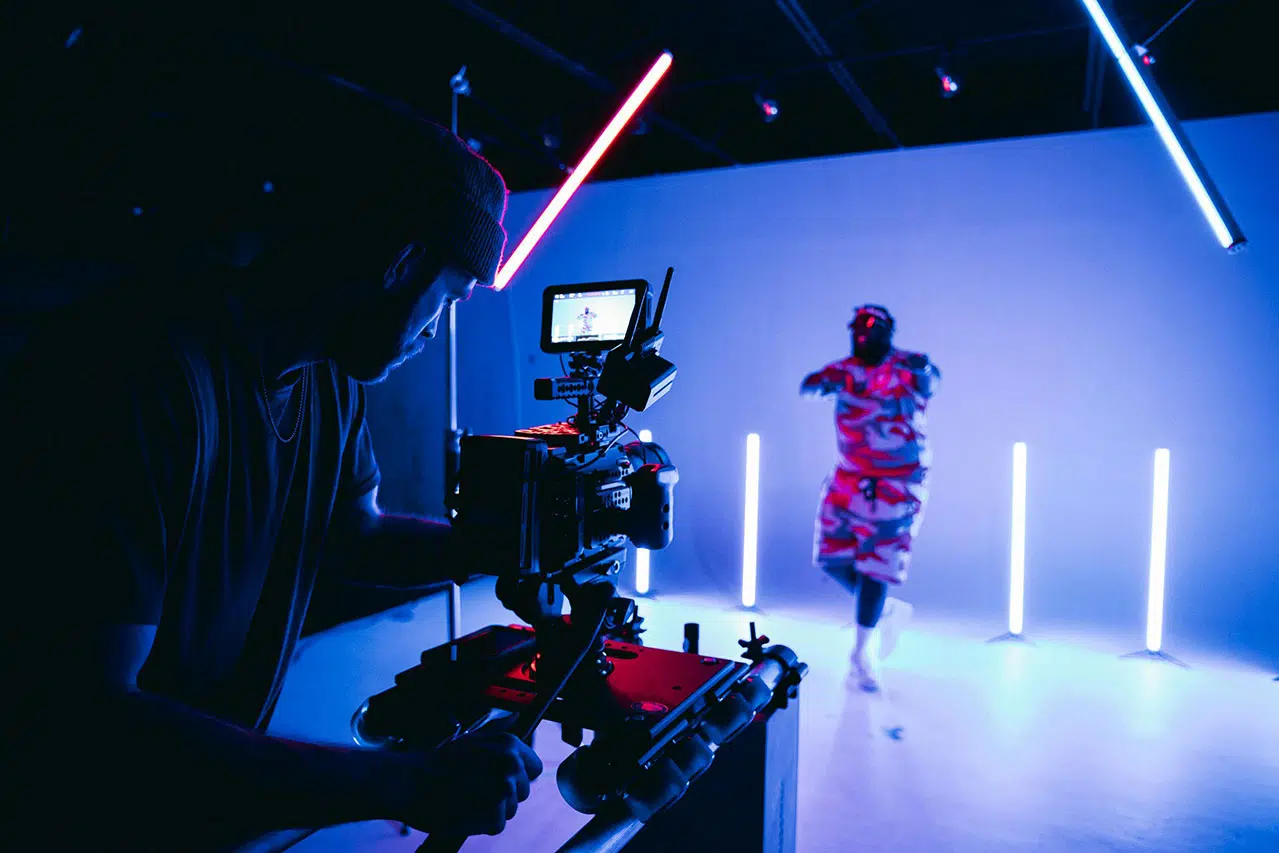Recently, the 1/125th of a second shutter speed popped up in a promo video for the Fujifilm X-E5—and it wasn’t just a random number flashing on the screen. It was there for a reason. So what does it really mean? Why would Fujifilm highlight that specific setting? Let’s take a closer look at this so-called magic number and why it still matters in today’s digital world.
At first glance, 1/125th shutter speed in photography might just look like another technical spec. But behind that tiny fraction is a shutter speed that has stood the test of time. It’s fast enough to freeze casual motion, slow enough to let in decent light, and flexible enough for everything from portraits to street photography. Whether you’re just picking up a camera or you’ve been shooting for years, 1/125th is one of those trusty shutter speeds that keeps showing up—and with good reason.
This speed hits a kind of sweet spot. It works great for handheld shots, doesn’t need a ton of light, and helps avoid blur in everyday scenes. It’s a go-to setting that many film photographers trusted back in the day, and digital shooters still lean on it now. It’s not flashy or extreme—it’s just super dependable. That’s probably why Fujifilm, a brand that deeply respects the film era, keeps pointing to it.
So yeah, 1/125th shutter speed in photography might seem like a quiet detail in a fast-moving world of specs and features—but it’s one of those things that just works. Let’s dig into why it’s still a favorite, when to use it, and how it can level up your shots.
What is 1/125th Shutter Speed in Photography?
Shutter speed controls how long your camera’s sensor is exposed to light. A shutter speed of 1/125th of a second means the shutter is open for just a tiny slice of time. It’s fast, but not too fast. In photography, 1/125th works as a kind of goldilocks setting—right in the middle between slow and high-speed shutter times.
Using 1/125th shutter speed in photography helps strike a balance. You get enough light in for a well-exposed image, while also freezing most casual movements.
Why 1/125th Works So Well for Street Photography
For street photographers, speed and timing are everything. You want to catch a fleeting glance, a fast moment, or someone walking through a perfect beam of light. 1/125th shutter speed in photography lets you do that with confidence. It’s quick enough to freeze a person walking or turning their head, but not so fast that you need blazing sunlight or sky-high ISO.
Especially when paired with a 35mm or 50mm lens, 1/125th shutter speed is ideal for capturing everyday motion in natural light without blur.
The Sweet Spot for Handheld Shots
One big reason photographers love 1/125th is that it’s usually the lowest shutter speed you can go while handholding your camera without blur—at least with a standard lens. You might’ve heard the rule: don’t go slower than your focal length. That means if you’re shooting at 50mm, try to keep your shutter speed at 1/125th or faster.
If your lens or camera has image stabilization, you might get away with slower speeds, but for most setups, 1/125th shutter speed in photography is a reliable safety net for handheld shooting.
What Kind of Movement Can You Freeze at 1/125th?
Here’s where it gets fun—because 1/125th shutter speed isn’t just technically sound, it’s super practical. This setting works well for all kinds of real-life shooting situations. It’s fast enough to avoid motion blur in most casual scenarios, but not so fast that you’ll struggle with exposure in normal light. It’s that nice balance you’ll find yourself using again and again without even thinking about it.
People Walking at a Normal Pace
Capturing someone walking down the street, crossing a sidewalk, or strolling through a park? 1/125th shutter speed is just right to freeze their motion without blur—especially if you’re not shooting from far away. It keeps the subject sharp and natural-looking, without needing extreme settings.
Light Hand Gestures
Ever snapped a photo mid-conversation? A person raising a coffee cup, fixing their glasses, or making a subtle gesture? At 1/125, you can lock in those small, expressive moments with enough clarity that the viewer feels present. That’s where this shutter speed gives you the edge—it’s fast enough to freeze the motion, but not so fast that your camera’s starving for light.
Candid Portraits with Mild Movement
Not every portrait is a perfect still shot. People blink, breathe, shift a little. With 1/125th shutter speed, you can grab those relaxed, unposed portraits without worrying about minor motion blur. It’s especially helpful in street portraits or lifestyle shoots where you’re working quickly and naturally.
Everyday Street Scenes
This is a big one. 1/125th shutter speed in street photography has been a favorite for decades. Why? Because it handles most real-life motion without a fuss. You’re not trying to freeze a sprinter mid-stride, you’re catching the vibe of a city—the people, the energy, the light. Whether it’s someone glancing at their phone, a cyclist riding slowly by, or a street vendor serving a customer, 1/125 keeps things crisp without sacrificing mood.
Events and Casual Gatherings
Parties, weddings, family BBQs—places where people move, but not frantically. Shooting at 1/125th shutter speed lets you capture hugs, laughs, clinks of glasses, and shared looks without that annoying motion blur that can ruin a moment. Plus, it’s friendly for handheld shooting, which is what you’ll usually be doing in these situations anyway.
It’s not going to freeze fast action like sports, birds, or someone jumping mid-air. But it does a great job for regular human movement, which makes it such a go-to for documentary and lifestyle shots.
Best Conditions for 1/125th Shutter Speed in Photography
This shutter speed works best when you’ve got some light to work with. Think sunny to slightly overcast days, bright interiors, or golden hour. In lower light, you’ll need to open up your aperture or increase your ISO to make 1/125th shutter speed in photography workable.
For example:
- On a bright day: ISO 200, f/8, 1/125
- Indoors with window light: ISO 800, f/2.8, 1/125
- During golden hour: ISO 400, f/4, 1/125
The idea is to keep the shutter at 1/125 while adjusting the other settings to get a good exposure.
When 1/125th Might Not Be Enough
While 1/125th shutter speed in photography is great for lots of situations, there are moments when it just won’t cut it. If you’re shooting fast action—like a dancer mid-leap, a car zipping past, or someone running—you’re better off jumping to 1/500th or 1/1000th.
It’s also a bit risky in low-light settings without stabilization. You might see motion blur or soft images if your hands aren’t steady or your subject moves too much.
How to Practice with 1/125th Shutter Speed
To get comfortable using 1/125th shutter speed in photography, try shooting in shutter priority mode (S or Tv). Set the camera to 1/125 and let it adjust the aperture for you. This is a great way to learn how different lighting affects the exposure at this speed.
Pair it with a normal focal length like 35mm or 50mm, and walk around your neighborhood. Shoot people walking, dogs playing, leaves blowing slightly. You’ll get a real feel for what this setting can capture—and what it can’t.
Combining 1/125th with Fujifilm Recipes or Film Looks
If you shoot Fujifilm or use vintage-inspired film presets, 1/125th shutter speed in photography plays nicely with that slower, more deliberate vibe. It lets you work with natural light, slower moments, and candid scenes. Add in a recipe like Classic Chrome or Kodak Gold and you’ve got an image that feels timeless—just like the shutter speed itself.
There’s a reason why pros and beginners alike keep coming back to 1/125. It’s reliable. It’s flexible. And it keeps you in the moment instead of fussing with controls.
Whether you’re just starting to shoot in manual mode or you’re refining your street photography style, 1/125th shutter speed in photography is a must-have setting in your mental toolkit.
FAQ: 1/125th Shutter Speed in Photography
Can I shoot indoors at 1/125?
Yes, if there’s enough light. Use a wider aperture (like f/2.8 or f/1.8) and bump up your ISO if needed.
Is 1/125 good for portraits?
Definitely. It’s great for posed or casual portraits where the subject isn’t moving too much.
Will I get blur with 1/125 if my subject moves?
Only if they move quickly. Normal walking or slight motion is usually sharp at this speed.
Is 1/125 fast enough for pets or kids?
Sometimes, but pets and kids move fast! You might want to use 1/250 or 1/500 just to be safe.
What’s the best ISO for 1/125 shutter speed?
It depends on the light. Outdoors, ISO 200–400 is great. Indoors, ISO 800–1600 might be needed.
Can I use 1/125 for film photography?
Yes, 1/125 is a classic film photography speed—great for 400-speed film on sunny or overcast days.





